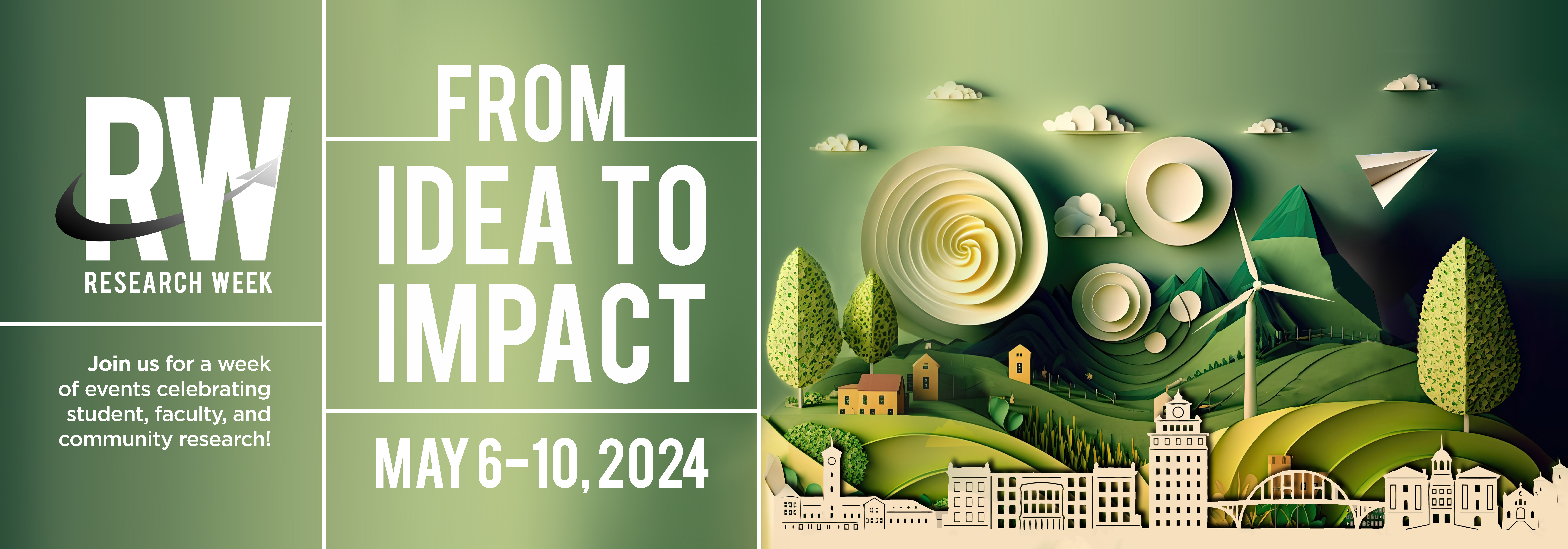Presentation Type
Poster
Subjects
Self-consciousness (Awareness), Philosophy of mind, Cognitive neuroscience, Consciousness -- Physiological aspects, Binocular rivalry
Student Level
Undergraduate
Abstract
Predictive Coding is a theory of brain function in which consciousness is a predictive model generated by higher brain regions that constantly updates its predictions about the cause of upwards flowing data – often sensory perception data. Binocular Rivalry is a phenomenon where, when each eye is presented with a completely different image, consciousness alternates between the images rather than attempting to fuse both images into one.
Here we present the same image to both eyes, but with each image partially blurred in differing areas to test if consciousness weaves together the clear areas to synthesize a single crisp image. In our pilot study, participants perceived an overall clear image despite two images with blurry portions. This capability indicates a possible new fundamental mechanism of neural signal processing, which delineates patterns of signals and synthesizes them accordingly. In an additional proposed experiment, the use of frequency tagging techniques would indicate the possible location where in the visual pathway blurry signals dissipated and clear signals continued to propagate through the network.
We speculate that other facets of cognition such as abstract thought and language might employ similar pattern delineation and synthesis mechanisms, which is an exciting area ripe for future research.
Rights
© Copyright the author(s)
IN COPYRIGHT:
http://rightsstatements.org/vocab/InC/1.0/
This Item is protected by copyright and/or related rights. You are free to use this Item in any way that is permitted by the copyright and related rights legislation that applies to your use. For other uses you need to obtain permission from the rights-holder(s).
DISCLAIMER:
The purpose of this statement is to help the public understand how this Item may be used. When there is a (non-standard) License or contract that governs re-use of the associated Item, this statement only summarizes the effects of some of its terms. It is not a License, and should not be used to license your Work. To license your own Work, use a License offered at https://creativecommons.org/
Persistent Identifier
https://archives.pdx.edu/ds/psu/35418
Exploring a Possible New Mechanism of the Predictive Coding Theory of Consciousness with a Binocular Rivalry Experiment
Predictive Coding is a theory of brain function in which consciousness is a predictive model generated by higher brain regions that constantly updates its predictions about the cause of upwards flowing data – often sensory perception data. Binocular Rivalry is a phenomenon where, when each eye is presented with a completely different image, consciousness alternates between the images rather than attempting to fuse both images into one.
Here we present the same image to both eyes, but with each image partially blurred in differing areas to test if consciousness weaves together the clear areas to synthesize a single crisp image. In our pilot study, participants perceived an overall clear image despite two images with blurry portions. This capability indicates a possible new fundamental mechanism of neural signal processing, which delineates patterns of signals and synthesizes them accordingly. In an additional proposed experiment, the use of frequency tagging techniques would indicate the possible location where in the visual pathway blurry signals dissipated and clear signals continued to propagate through the network.
We speculate that other facets of cognition such as abstract thought and language might employ similar pattern delineation and synthesis mechanisms, which is an exciting area ripe for future research.


